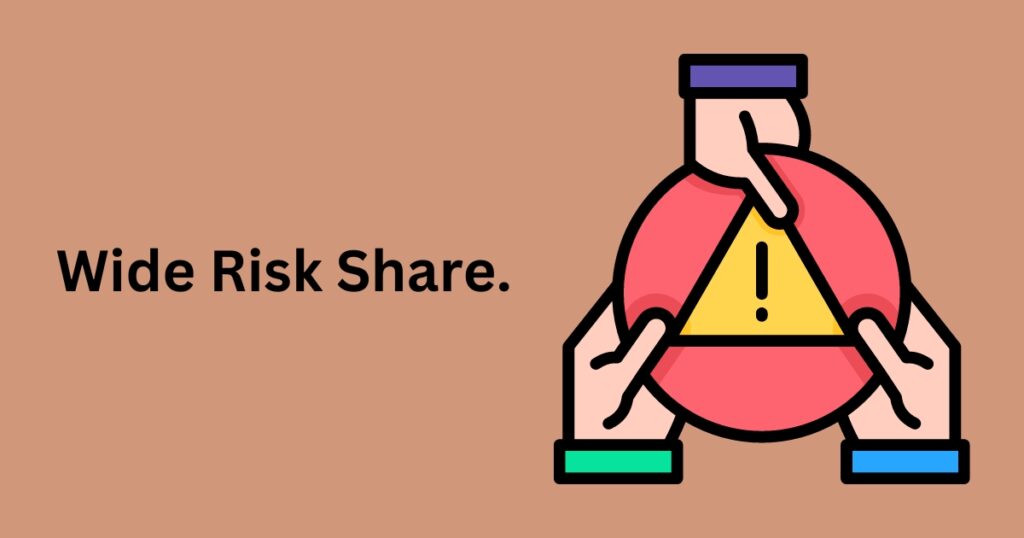Given the possibility of large profits, cryptocurrency trading appeals to both seasoned investors and newcomers. The birth of Bitcoin in 2009 marked the beginning of a worldwide cryptocurrency market that has since created thousands and thousands of digital assets. The Promise of High Profits Makes Crypto Trading Seem Like a Great Idea, Is it Really? Unfortunately, the answer is not so simple as success in crypto trading depends on a myriad of variables at play — from market conditions to what strategies one employs (or does not employ) and how inexperienced or experienced you are. This piece explores these elements in depth and puts the profitability of crypto trading into perspective.
Crypto Markets.
One of the most exciting aspects of studying cryptocurrency is how incredibly volatile it indeed can be. Volatility in the price of cryptocurrencies can quickly turn into lucrative trades. Yet this volatility can also result in significant losses across the board. For instance, the well-known cryptocurrency Bitcoin has seen price fluctuations from a few cents to nearly 70k$ in barely more than a decade. It is true that traders can indeed profit by making accurate predictions or responding rapidly to these movements in price. The unpredictability has a flip side to it, though, and that means traders can lose their shirts if they do not use proper risk management. Those who understand it and use it at their whims, with sound risk management, may or may not be able to make money.
Well-defined trading strategy in modern trade.
An excellent crypto trading strategy can be the difference between success and failure in this space. There are day trading, swing trade, scalping and also long term investors which have their own rules and different types of risk levels. For example, day traders take advantage of short-term transfer pricing and position trades for one or two days to stock a market data release. don’But whyte swing trade may be open from anywhere several hours to weeks depending on the strength of the strategic positions.
Long-term investors, on the other hand, may have positioned themselves and their trades based on how they think a specific cryptocurrency could appreciate over 10 to hundreds of years. All the above-mentioned tactics take place at a different level of skills and commitment along with market analysis. The path to profits is all about choosing the right strategy that best fits a trader’s risk tolerance, time commitment, and market knowledge.

The Cornerstone of Profit.
If there is any one thing that will determine if you end up profitable, it is Risk Management. Due to the kind of nature this market bears, losses are destined and can be archived through refined risk management techniques. This involves trading stop-loss orders to limit potential losses, diversifying the portfolio so spread risk and only investing money that one is prepared to lose. Furthermore, seconds must not be consumed with too much feeling whenever buying and selling because it can result in an incorrect or silly choice.
Anyone who makes a killing on crypto trading takes it with the same seriousness of running his own business, weighing out every single pro and con before that even small investment is made and never allowing greed or fear to guide those trades.
Market Analysis In Crypto Trading.
A good market analysis is a key element in taking the right trading actions, to say that lightly. Now, if we look at the method of analysis used by traders, it can be easy to group them under two categories: Fundamental Analysis and Technical Analysis. Typically, this involves performing a fundamental analysis by considering things like the technologies used in the project itself, who is part of that team, how well it would be adopted, and so on to determine whether or not it will succeed. The technical analysis charts, patterns, and indicators to guess future price movements.
Those pairs of buyers have their time and a place, however many traders that are excellent employ both sorts to produce educated decisions. But even careful study of the market cannot predict, and no analysis will bring profits.
Influence of external conditions on crypto trading.
Each Crypto trading also highly depends on externalities e.g., regulatory news, technological development and macro-economics trends For example, news that a country has banned or is regulating cryptocurrencies can lead to steep drops in prices and conversely good-news for ex when big company accepts bitcoin causing the price of going high. Likewise, any changes in the technology including network improvements or introduction of new blockchain technologies could affect their value. Those traders who follow these outside forces of the market and can predict how they will affect their trading opportunities can better capitalize on those trades.
Psychological Factors Affecting Trading Success.
The bottom line: The psychology of trading is one of the critical determinants when it comes to making money in crypt retail investing. Traders fearing they might miss out (FOMO) end up buying cryptocurrency when it is at an all-time high and then watch their coin crash. On the other hand, FUD (fear, uncertainty, and doubt) can lead to traders selling faster than necessary before prices take off. Control is largely grounded in the emotions, and successful trading requires emotion control.
Traders need to hold onto their strategy, eschew emotional decisions, and understand that not every trade is going to be a winner. The few that can master their emotions will have more long-term profitability.
The Learning Curve Experience Matters.
Trading cryptocurrencies is no different, and the same basic principles apply. For obvious reasons, beginners are prone to making mistakes that typically correspond with losses, often due to the seemingly intimidating and complex nature of markets. But as they gain experience, traders will become more adept at seeing how the market behaves and to hone strategies pertaining better decisions making. Some of the best crypto traders have been trading for years, using their wins and losses to tune in on effective strategies. So, while trading crypto can be a lucrative way to make money for most, it requires time and effort as well as an openness to learning.
Risk of scams and market manipulation.
As you know, cryptocurrency is still a very new market and mostly unregulated which provides an excellent opportunity for scammers to control price rise etc covertly. Many traders lost their money in Ponzi schemes, pump-and-dump schemes, and fake ICOs. In addition, because the prices of cryptocurrencies are often determined by what the market is willing to pay for them as opposed to any intrinsic value or underlying asset that they represent, it can be argued that many cryptos have no inherent worth. This also leaves a token-wide open-up manipulation in some very specific cases.
So as not to get caught in this scam, traders have to do some research and be very careful with offers that look too good~ One way to mitigate the above-mentioned risks is staying informed and using well-established exchanges.

Wide Risk Share.
One of the strategies most in use when it comes to managing risk through crypto trading is diversification. This way, by diversifying between different cryptos traders could minimize the negative impact of a bad-performing asset on their overall portfolio. While cryptocurrencies like Bitcoin and Ethereum are some of the more stable, other lesser-known or newer altcoins can provide higher rates of return but also have volatility way in excess. Beyond this, though, owning the following exclusive altcoins will present you with a raised degree of risk.
With more diverse forms of investment to mitigate this risk, there are higher chances for profit. Of course, any diversification alone cannot completely hedge a single risk and we have to be prepared for fluctuations on the market.
Implications of Transaction Fees and Taxes.
What more often than not falls by the wayside though, and is an equally important line item to measure for as speculation profits are trading taxes (transaction fees). Right now, half of all allocations are getting routed to the legacy system which costs 10$ a trade on average. Similarly, in most countries profits made from cryptocurrencies are taxed as part of a capital gains tax. Ignoring these charges can quickly diminish any gains a trader may get.
So it is significant for traders to calculate the transaction charges and tax responsibilities before determining their likely returns. Exchanges with lower fees, and tax record-keeping will definitely help with the profitability.
Conclusion.
Many different factors affect the profitability of crypto trading, including market trends, your experience and expertise as a trader, strategy & risk management. Crypto Traders might have made some good profits in the market, but at large crypto traders saw themselves lose too much. Externalities, psychological factors and most importantly market volatility presents trading as a very high risk endeavor. But If you are prepared and disciplined, crypto trading could be profitable. Like any investment, it is important to be cautious in trading cryptocurrencies and based upon legitimate research technology stories to never tread more than you can lose.
While you might be a successful crypto trader, it does not mean that this profession lacks difficulties. This market is not just about luck but rather a combination of understanding the market, having an effective trading plan, and using risk management skills because this process comes with high emotional distress. The cryptocurrency market is still in its infancy stage, and those who can quickly adapt to environmental changes have the highest chance of becoming a profitable trader.

